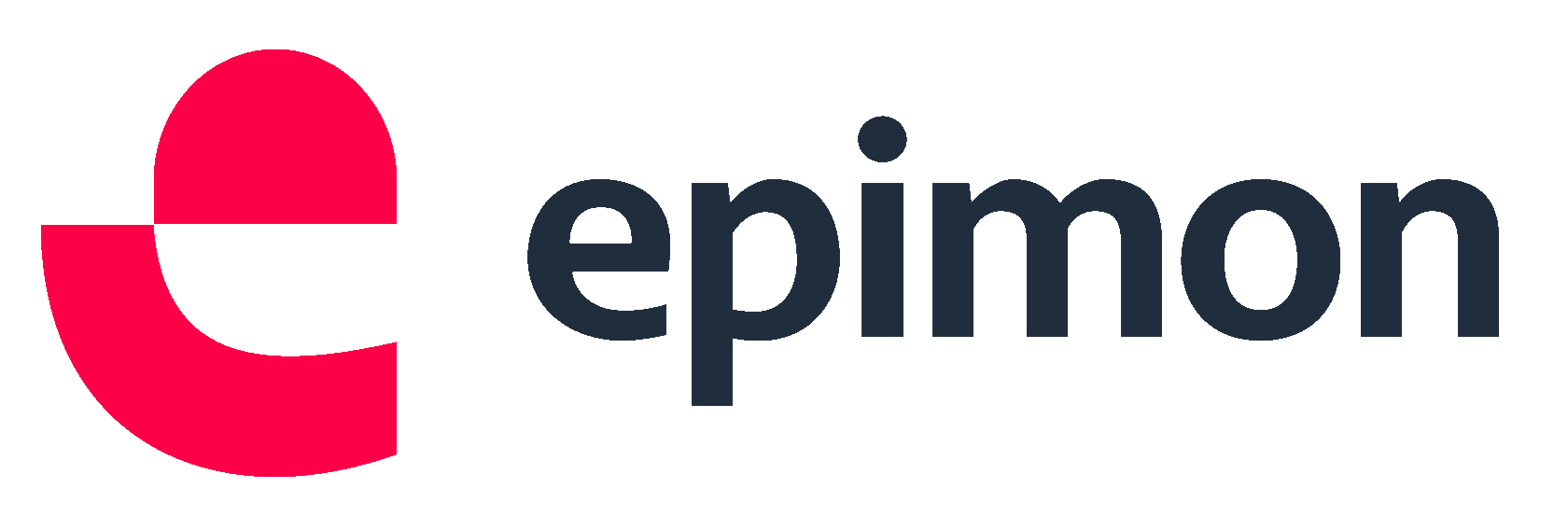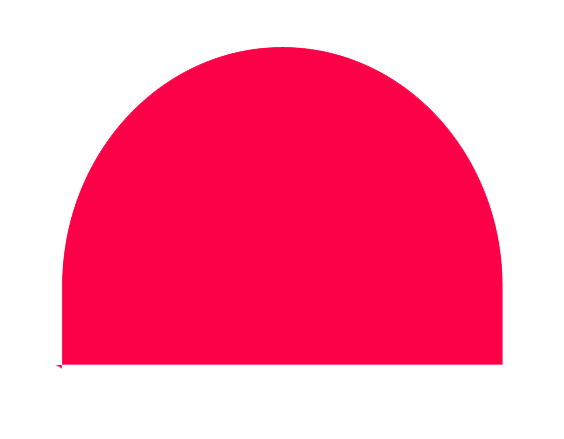Films & Sheets
Methyl methacrylate (MMA) is a colorless liquid that is commonly used in the production of polymers and copolymers for various applications, including the film and sheet sectors.
In the film sector, MMA is used to produce polymethyl methacrylate (PMMA) films, which have high transparency, excellent weather resistance, and good mechanical properties. PMMA films are used in a variety of applications, including in displays for electronics, automotive glazing, and architectural glazing.
In the sheet sector, MMA is used to produce polycarbonate (PC)/PMMA blends, which combine the excellent mechanical properties of PC with the excellent optical properties of PMMA. These blends are used in applications such as light diffusers, skylights, and signage.
MMA is also used in the production of other types of films and sheets, such as oriented polystyrene (OPS) films, which are used for food packaging, and polyvinyl butyral (PVB) films, which are used for laminated glass in the automotive and construction industries.
In the film sector, MMA is used to produce polymethyl methacrylate (PMMA) films, which have high transparency, excellent weather resistance, and good mechanical properties. PMMA films are used in a variety of applications, including in displays for electronics, automotive glazing, and architectural glazing.
In the sheet sector, MMA is used to produce polycarbonate (PC)/PMMA blends, which combine the excellent mechanical properties of PC with the excellent optical properties of PMMA. These blends are used in applications such as light diffusers, skylights, and signage.
MMA is also used in the production of other types of films and sheets, such as oriented polystyrene (OPS) films, which are used for food packaging, and polyvinyl butyral (PVB) films, which are used for laminated glass in the automotive and construction industries.
Methyl Methacrylate (MMA)
Linear low-density polyethylene (LLDPE) is a type of polyethylene with a lower density and higher flexibility compared to high-density polyethylene (HDPE). LLDPE is widely used in the film and sheet sectors due to its unique properties.
In the film sector, LLDPE is used in various applications such as stretch films for wrapping and packaging, agricultural films for crop protection and greenhouse covers, and food packaging films for its excellent barrier properties against moisture and oxygen.
In the sheet sector, LLDPE is used for manufacturing various products such as geomembranes for lining landfills and water containment structures, pond liners, and roofing membranes. LLDPE sheets are preferred due to their excellent resistance to UV radiation and weathering, high tear resistance, and flexibility.
Overall, LLDPE is a versatile polymer that finds numerous applications in the film and sheet sectors due to its unique combination of mechanical, chemical, and barrier properties.
In the film sector, LLDPE is used in various applications such as stretch films for wrapping and packaging, agricultural films for crop protection and greenhouse covers, and food packaging films for its excellent barrier properties against moisture and oxygen.
In the sheet sector, LLDPE is used for manufacturing various products such as geomembranes for lining landfills and water containment structures, pond liners, and roofing membranes. LLDPE sheets are preferred due to their excellent resistance to UV radiation and weathering, high tear resistance, and flexibility.
Overall, LLDPE is a versatile polymer that finds numerous applications in the film and sheet sectors due to its unique combination of mechanical, chemical, and barrier properties.
Linear Low Density Polyethylene (LLDPE)
Low Density Polyethylene (LDPE) is a thermoplastic polymer that is widely used in the film and sheet industry due to its excellent flexibility, toughness, and transparency. LDPE is a type of polyethylene that is characterized by its low density, which is typically between 0.910 and 0.940 g/cm³.
In the film and sheet sector, LDPE is used to produce a variety of products, including food packaging films, shrink wrap films, agricultural films, and industrial films. LDPE films are commonly used to package and preserve a wide range of food products, including fresh produce, meat, cheese, and bakery items. The film's flexibility and sealability make it an excellent choice for packaging irregularly shaped or delicate items.
LDPE is also used to produce shrink wrap films that are used to package products such as soft drinks, bottled water, and other consumer goods. The film is wrapped tightly around the product and heated, which causes it to shrink and conform tightly to the product's shape, providing excellent protection during shipping and storage.
In the agricultural industry, LDPE films are used to create greenhouse coverings and mulch films that help improve crop yields and protect plants from insects and pests. LDPE films are also used in construction applications as a vapor barrier or as a protective layer in roofing and insulation materials.
Overall, LDPE's flexibility, toughness, and low cost make it an ideal choice for a wide range of film and sheet applications, particularly those that require good clarity, transparency, and sealing properties.
In the film and sheet sector, LDPE is used to produce a variety of products, including food packaging films, shrink wrap films, agricultural films, and industrial films. LDPE films are commonly used to package and preserve a wide range of food products, including fresh produce, meat, cheese, and bakery items. The film's flexibility and sealability make it an excellent choice for packaging irregularly shaped or delicate items.
LDPE is also used to produce shrink wrap films that are used to package products such as soft drinks, bottled water, and other consumer goods. The film is wrapped tightly around the product and heated, which causes it to shrink and conform tightly to the product's shape, providing excellent protection during shipping and storage.
In the agricultural industry, LDPE films are used to create greenhouse coverings and mulch films that help improve crop yields and protect plants from insects and pests. LDPE films are also used in construction applications as a vapor barrier or as a protective layer in roofing and insulation materials.
Overall, LDPE's flexibility, toughness, and low cost make it an ideal choice for a wide range of film and sheet applications, particularly those that require good clarity, transparency, and sealing properties.
Linear Low Density Polyethylene (LLDPE)
PP random copolymer (PPR) is a type of polypropylene that has a random copolymer structure, meaning it contains two or more monomers in the polymer chain. PPR has good mechanical and thermal properties, making it suitable for a wide range of applications, including in the film and sheet sectors.
In the film industry, PPR is used to make flexible and lightweight packaging films. PPR films are strong, tear-resistant, and have excellent puncture resistance, making them ideal for applications such as packaging for food products, textiles, and medical devices. PPR films are also used in the agriculture sector for crop protection and greenhouse applications.
In the sheet sector, PPR is used to make thermoformed products such as food containers, trays, and lids. PPR sheets are easy to process and have good impact resistance, making them suitable for applications where durability is important. PPR sheets are also used in the automotive and construction industries for applications such as interior trim components and roofing membranes.
In the film industry, PPR is used to make flexible and lightweight packaging films. PPR films are strong, tear-resistant, and have excellent puncture resistance, making them ideal for applications such as packaging for food products, textiles, and medical devices. PPR films are also used in the agriculture sector for crop protection and greenhouse applications.
In the sheet sector, PPR is used to make thermoformed products such as food containers, trays, and lids. PPR sheets are easy to process and have good impact resistance, making them suitable for applications where durability is important. PPR sheets are also used in the automotive and construction industries for applications such as interior trim components and roofing membranes.
PP Random Copolymer (PPR)
Polypropylene copolymer (PPC) is a type of polymer that is used in various applications, including the film and sheet sectors. PPC is made by copolymerizing propylene with one or more comonomers, which can be ethylene or other alpha-olefins. This results in a polymer with improved impact resistance, toughness, and flexibility compared to homopolymer polypropylene.
In the film and sheet sectors, PPC is commonly used for packaging applications such as food and beverage packaging, as well as for non-food packaging applications like hygiene products and industrial packaging. PPC films can be produced through blown or cast film processes and can be used in a range of applications due to their high clarity, good moisture barrier properties, and good puncture resistance.
PPC sheets are used in a variety of applications, including automotive, construction, and industrial applications. They are used as protective covers, protective shields, and as a replacement for glass in some applications due to their impact resistance, lightweight, and high chemical resistance. PPC sheets can also be thermoformed into various shapes, making them suitable for use in packaging and automotive interior applications.
In the film and sheet sectors, PPC is commonly used for packaging applications such as food and beverage packaging, as well as for non-food packaging applications like hygiene products and industrial packaging. PPC films can be produced through blown or cast film processes and can be used in a range of applications due to their high clarity, good moisture barrier properties, and good puncture resistance.
PPC sheets are used in a variety of applications, including automotive, construction, and industrial applications. They are used as protective covers, protective shields, and as a replacement for glass in some applications due to their impact resistance, lightweight, and high chemical resistance. PPC sheets can also be thermoformed into various shapes, making them suitable for use in packaging and automotive interior applications.
Polypropylene Copolymer (PPC)
Polystyrene (PS) has several applications in the film and sheet sector due to its excellent clarity, stiffness, and dimensional stability. Here are some common uses:
Food packaging: PS is often used for food packaging, including yogurt cups, take-out containers, and disposable cutlery.
Electronics packaging: PS sheets are used as cushioning material for electronic products due to their ability to absorb shock and protect delicate components.
Graphic arts: PS sheets are used in the printing and graphics industry for applications such as signage, posters, and displays.
Thermoformed products: PS sheets can be thermoformed into a variety of products, including vending machine components, refrigerator liners, and disposable trays.
Stationery: PS sheets are used to manufacture a range of office products such as folders, binders, and document covers.
Overall, PS is a versatile material that finds a range of uses in the film and sheet sector due to its properties and ease of processing.
Food packaging: PS is often used for food packaging, including yogurt cups, take-out containers, and disposable cutlery.
Electronics packaging: PS sheets are used as cushioning material for electronic products due to their ability to absorb shock and protect delicate components.
Graphic arts: PS sheets are used in the printing and graphics industry for applications such as signage, posters, and displays.
Thermoformed products: PS sheets can be thermoformed into a variety of products, including vending machine components, refrigerator liners, and disposable trays.
Stationery: PS sheets are used to manufacture a range of office products such as folders, binders, and document covers.
Overall, PS is a versatile material that finds a range of uses in the film and sheet sector due to its properties and ease of processing.
Polystyrene (PS)
Polyvinyl chloride (PVC) is widely used in the film and sheet industry due to its unique combination of properties such as toughness, flexibility, transparency, and low cost. PVC films and sheets are used in a variety of applications, including:
Packaging: PVC films and sheets are used to package a variety of products such as food, beverages, cosmetics, and pharmaceuticals. PVC films are also used in blister packaging, shrink wrapping, and stretch wrapping.
Construction: PVC films and sheets are used in the construction industry for roofing membranes, wall cladding, window profiles, flooring, and cables. PVC films are also used in the manufacture of inflatable structures such as tents and swimming pools.
Signage and Graphics: PVC films are used extensively in the signage and graphics industry due to their excellent printability and durability. PVC films are used to create banners, billboards, backlit displays, vehicle graphics, and decals.
Medical: PVC films and sheets are used in the medical industry for products such as IV bags, blood bags, tubing, and surgical drapes.
PVC films and sheets can be manufactured using various processes such as calendering, extrusion, and casting. They can also be formulated to meet specific requirements such as flame retardancy, UV resistance, and antistatic properties.
Packaging: PVC films and sheets are used to package a variety of products such as food, beverages, cosmetics, and pharmaceuticals. PVC films are also used in blister packaging, shrink wrapping, and stretch wrapping.
Construction: PVC films and sheets are used in the construction industry for roofing membranes, wall cladding, window profiles, flooring, and cables. PVC films are also used in the manufacture of inflatable structures such as tents and swimming pools.
Signage and Graphics: PVC films are used extensively in the signage and graphics industry due to their excellent printability and durability. PVC films are used to create banners, billboards, backlit displays, vehicle graphics, and decals.
Medical: PVC films and sheets are used in the medical industry for products such as IV bags, blood bags, tubing, and surgical drapes.
PVC films and sheets can be manufactured using various processes such as calendering, extrusion, and casting. They can also be formulated to meet specific requirements such as flame retardancy, UV resistance, and antistatic properties.
Polyvinyl Chloride (PVC)
Polypropylene homopolymer (PPH) has several applications in the film and sheet sector due to its excellent properties such as high stiffness, good clarity, excellent impact resistance, good barrier properties, and excellent processability. PPH is used to make a variety of films and sheets, including:
Packaging Films: PPH is used to make a wide range of packaging films for food, industrial, and consumer products. It is used in applications such as flexible packaging, bags, pouches, and shrink films.
Labels and Tags: PPH is used to produce labels and tags that require good clarity and excellent printability. These include labels for bottles, jars, and other containers.
Stationery Products: PPH is used in the manufacture of stationery products such as folders, binders, and report covers.
Automotive Applications: PPH is used in automotive applications such as interior trims, instrument panels, and door panels due to its excellent impact resistance, stiffness, and dimensional stability.
Medical Packaging: PPH is used in medical packaging applications such as IV bags and medical pouches due to its excellent barrier properties and compatibility with sterilization methods.
Overall, PPH is a versatile material that can be used in a wide range of applications in the film and sheet sector due to its excellent properties and processability.
Packaging Films: PPH is used to make a wide range of packaging films for food, industrial, and consumer products. It is used in applications such as flexible packaging, bags, pouches, and shrink films.
Labels and Tags: PPH is used to produce labels and tags that require good clarity and excellent printability. These include labels for bottles, jars, and other containers.
Stationery Products: PPH is used in the manufacture of stationery products such as folders, binders, and report covers.
Automotive Applications: PPH is used in automotive applications such as interior trims, instrument panels, and door panels due to its excellent impact resistance, stiffness, and dimensional stability.
Medical Packaging: PPH is used in medical packaging applications such as IV bags and medical pouches due to its excellent barrier properties and compatibility with sterilization methods.
Overall, PPH is a versatile material that can be used in a wide range of applications in the film and sheet sector due to its excellent properties and processability.
Polypropylene Homopolymer (PPH)






